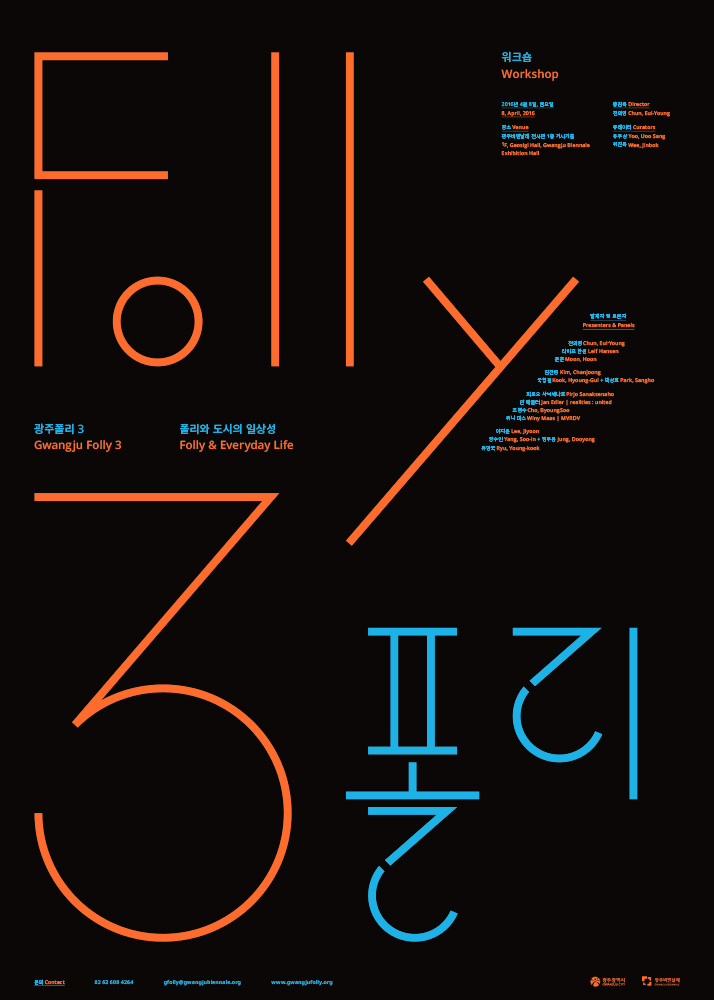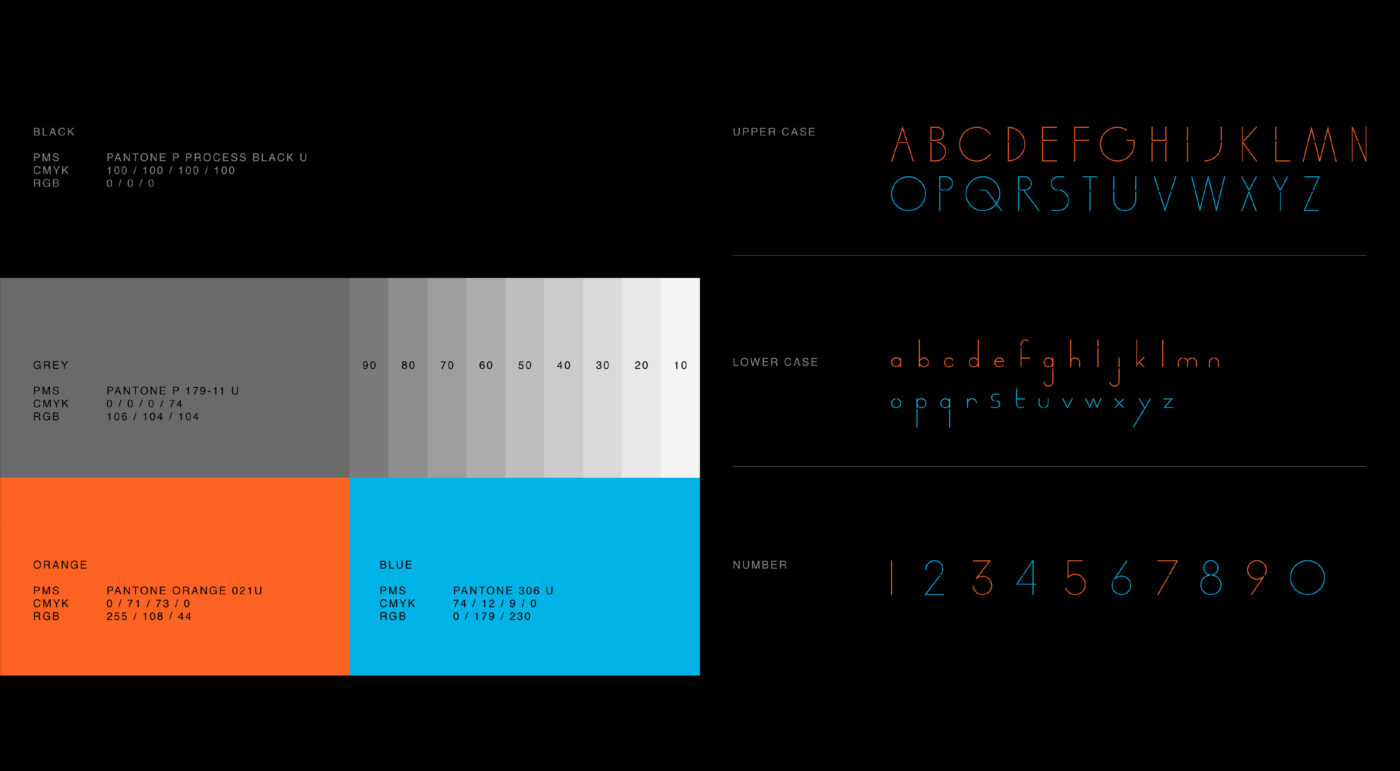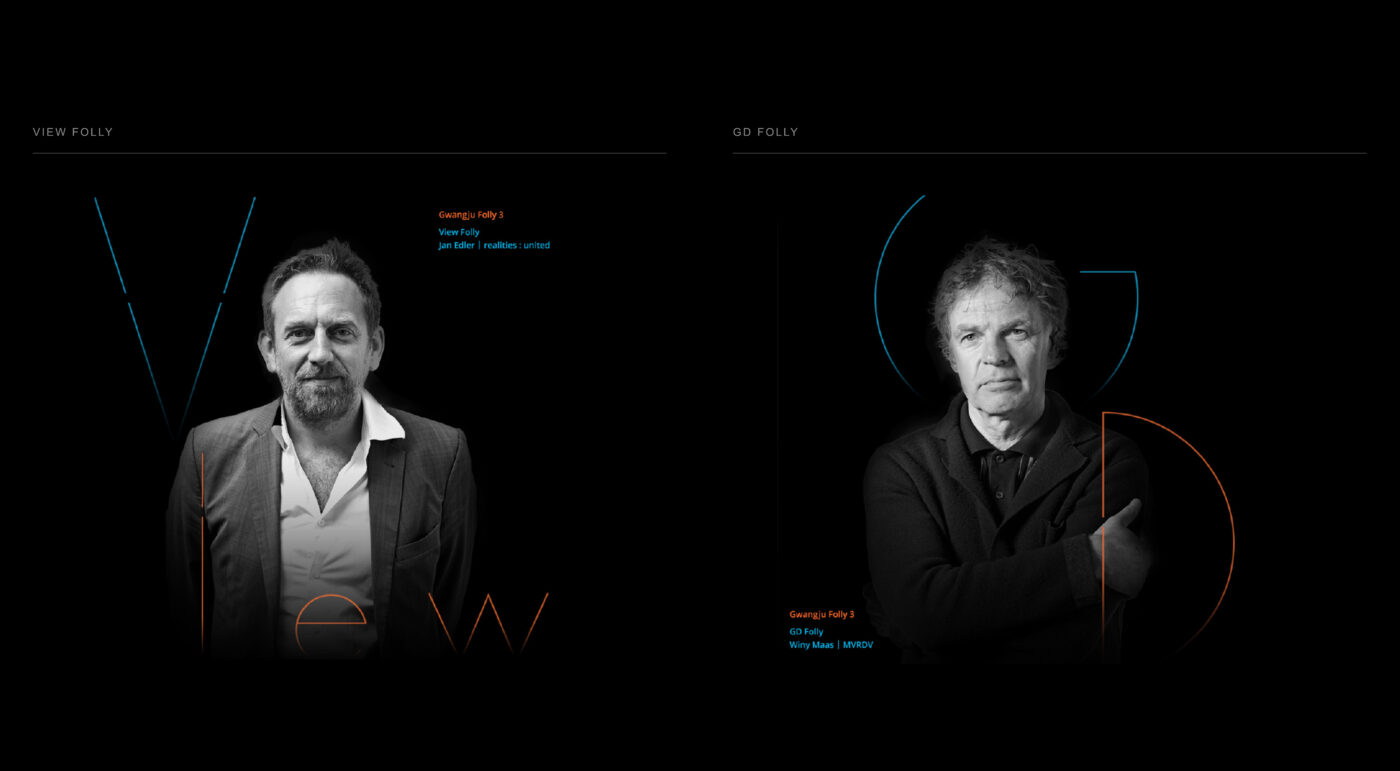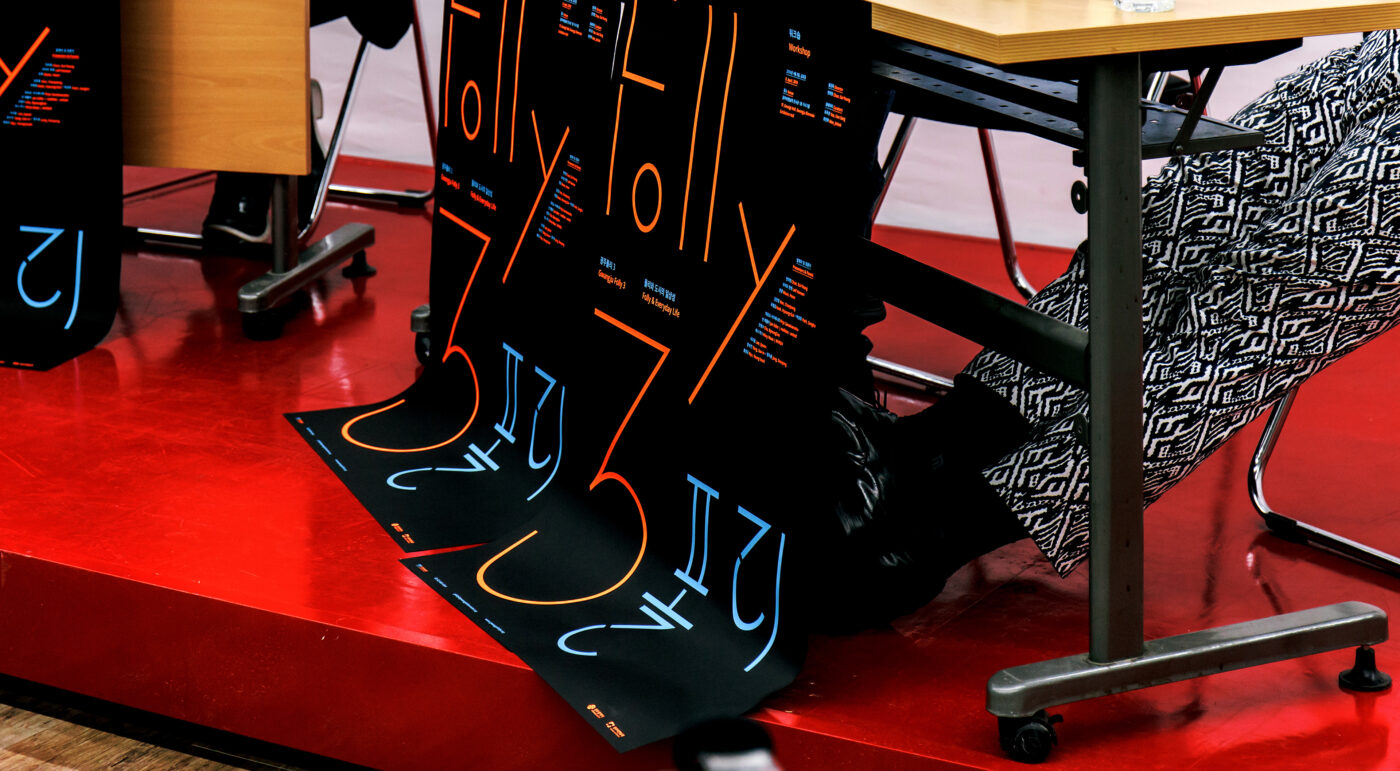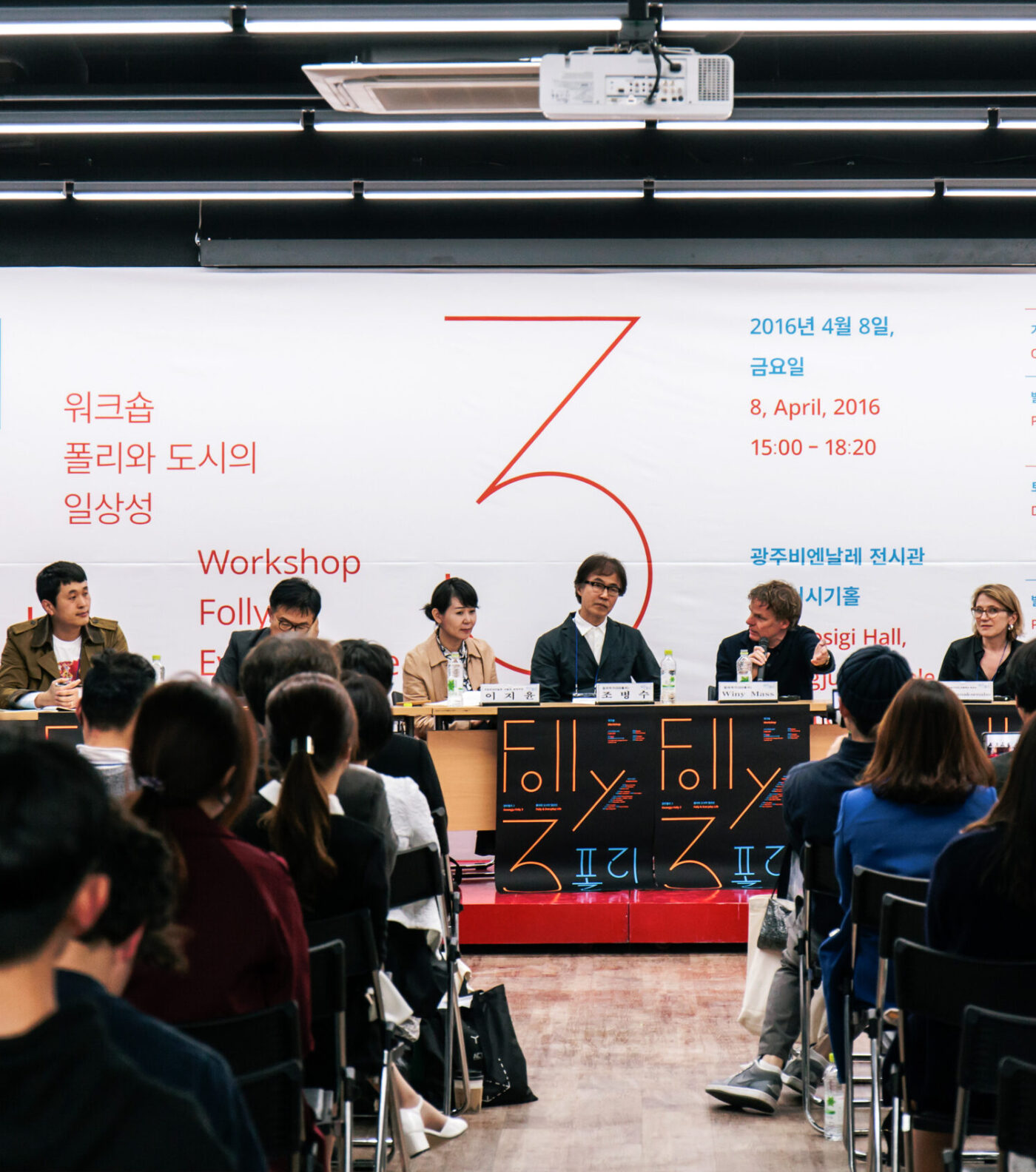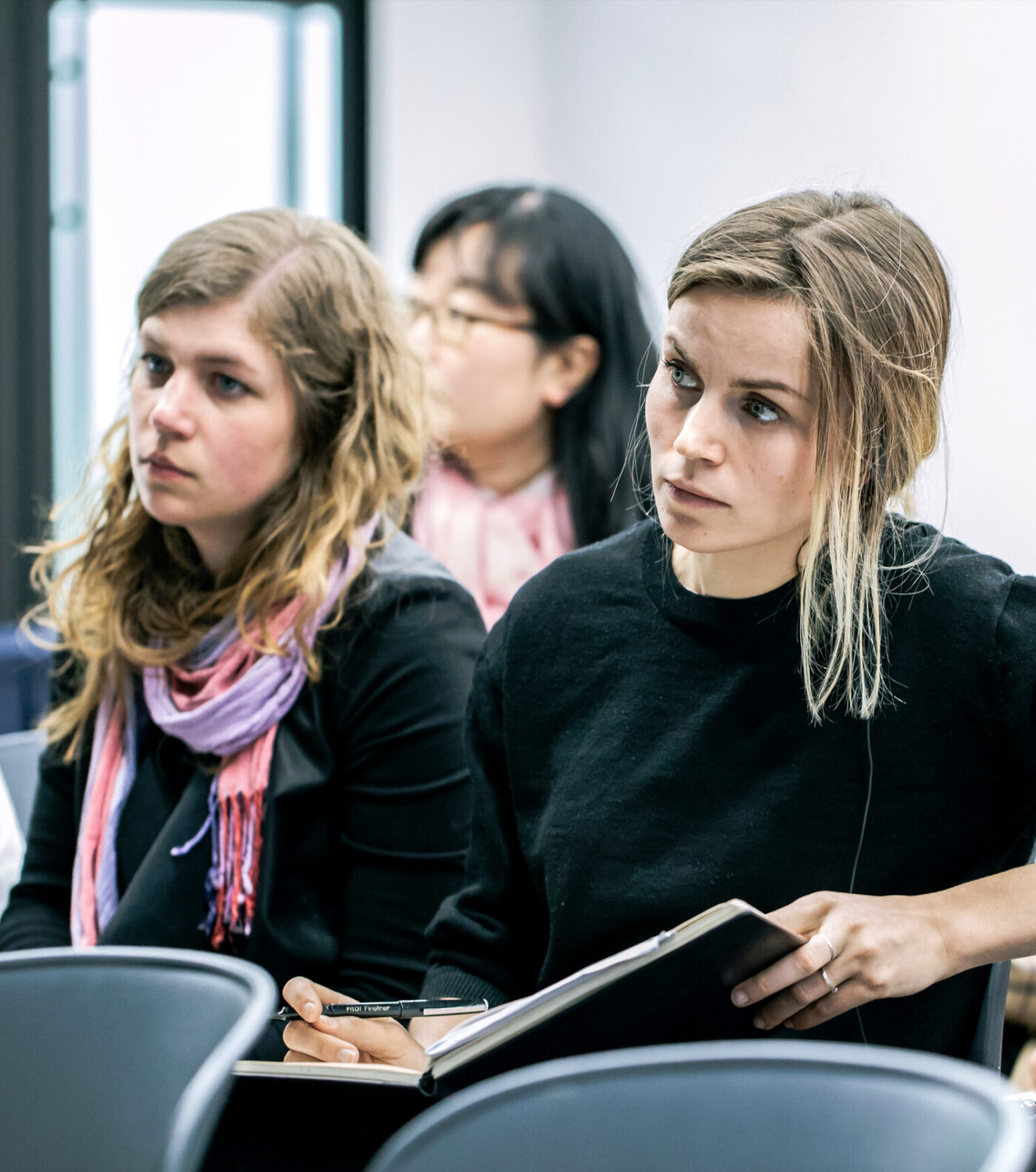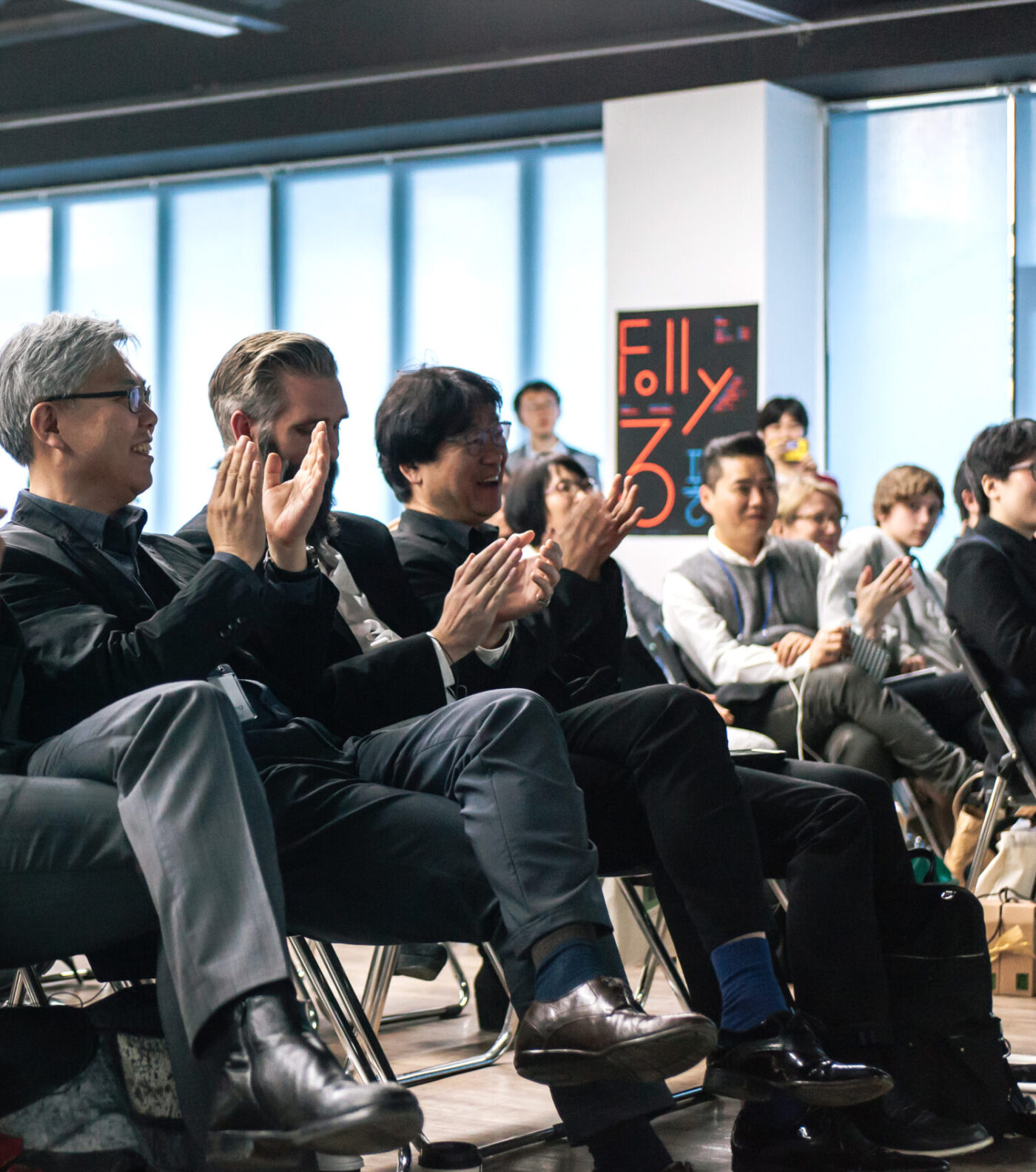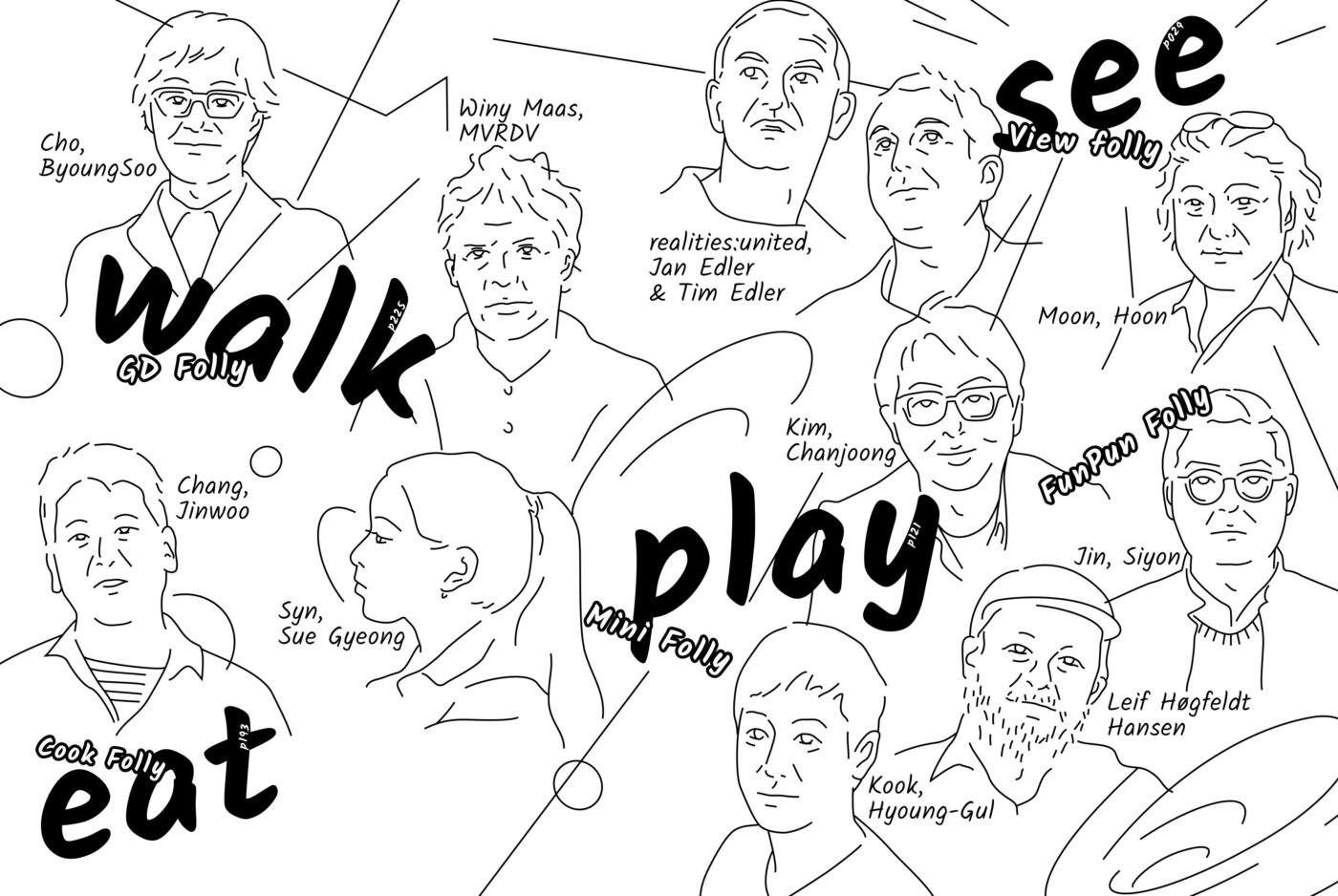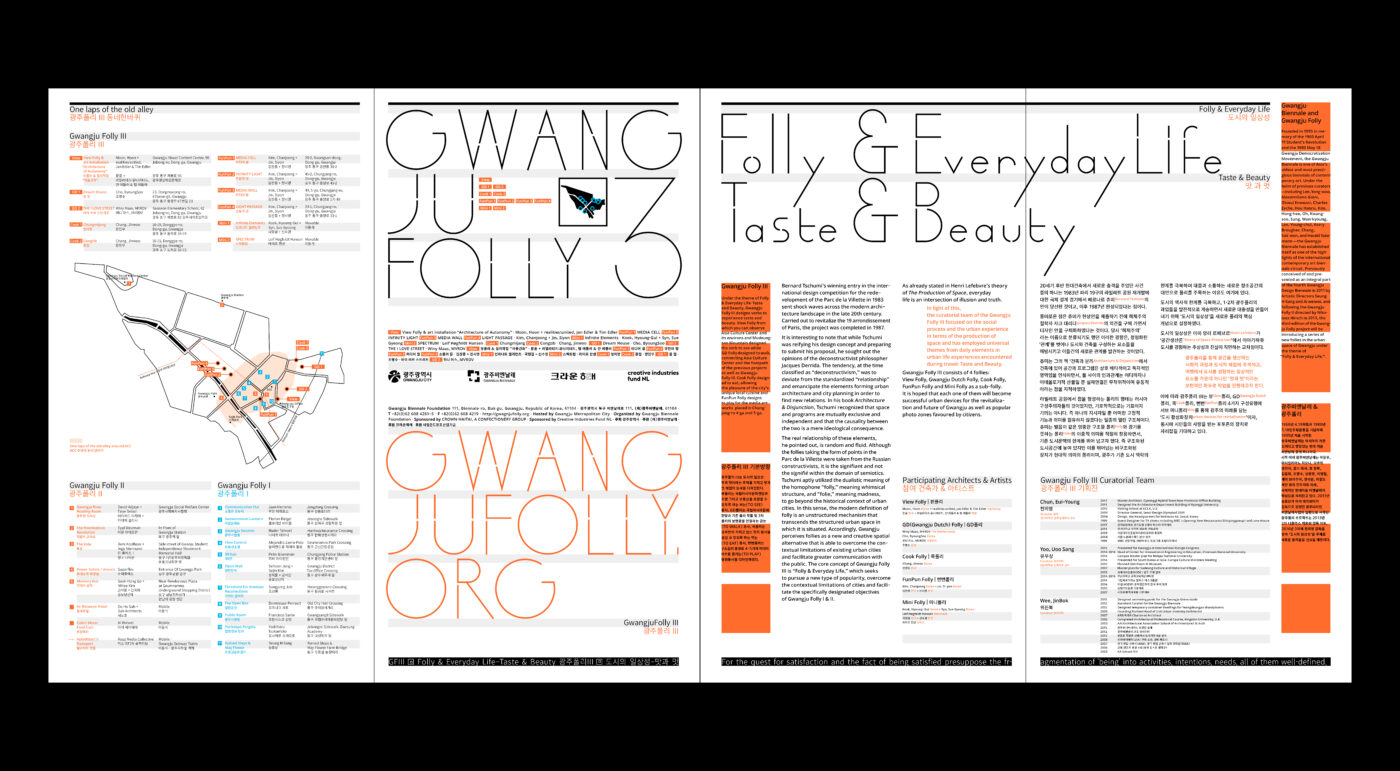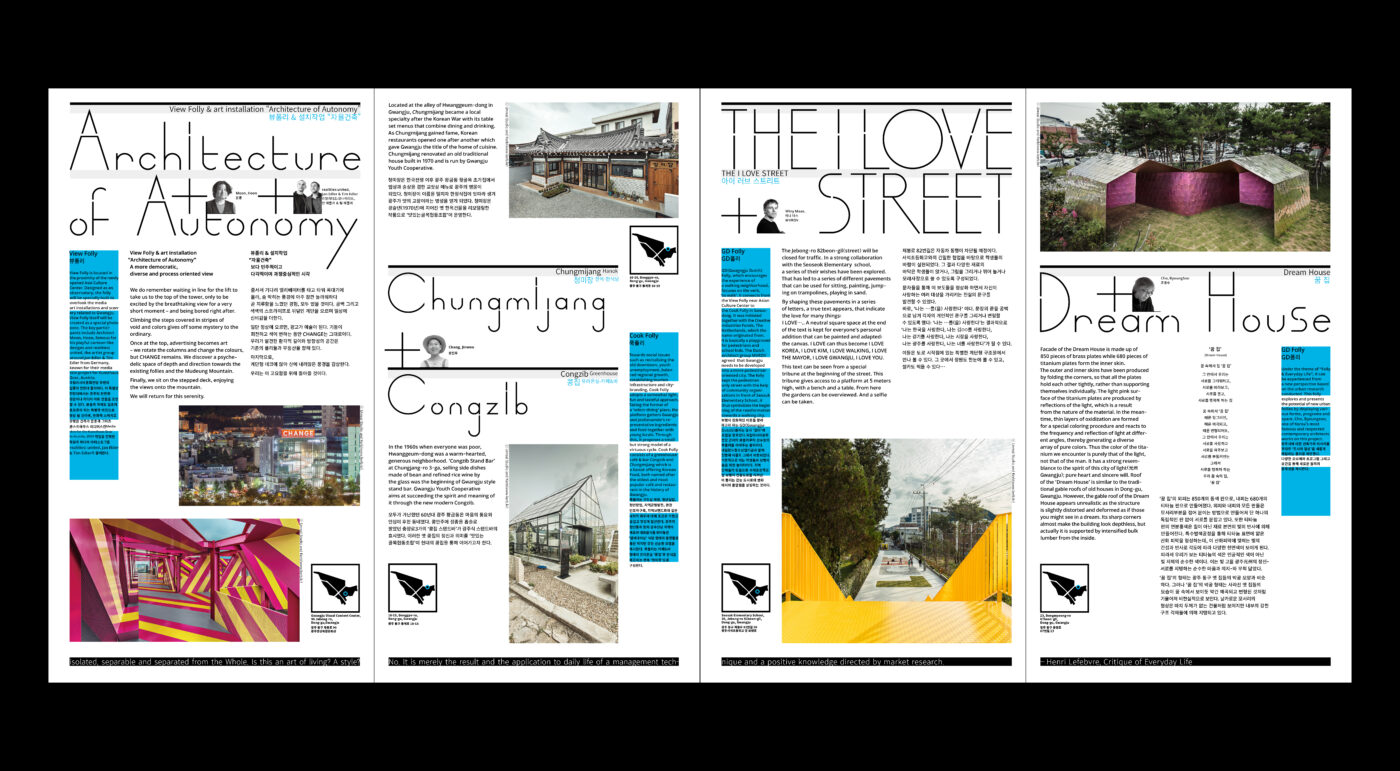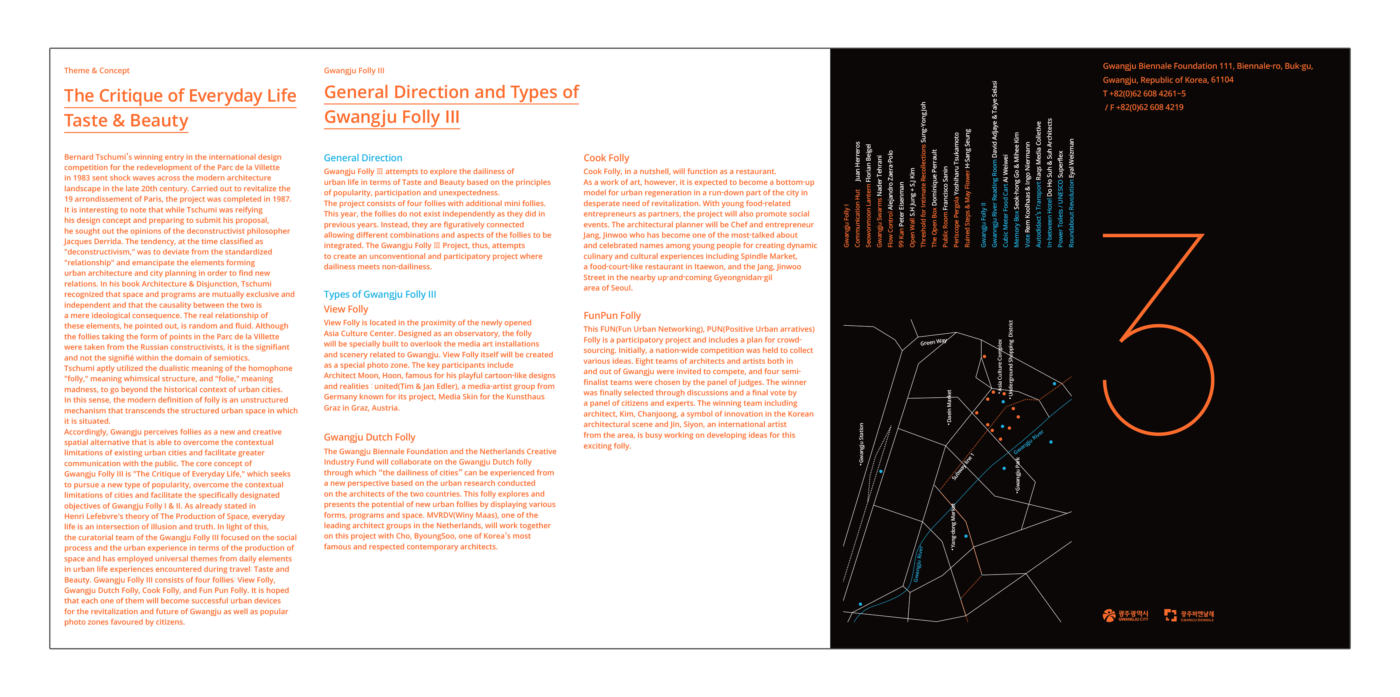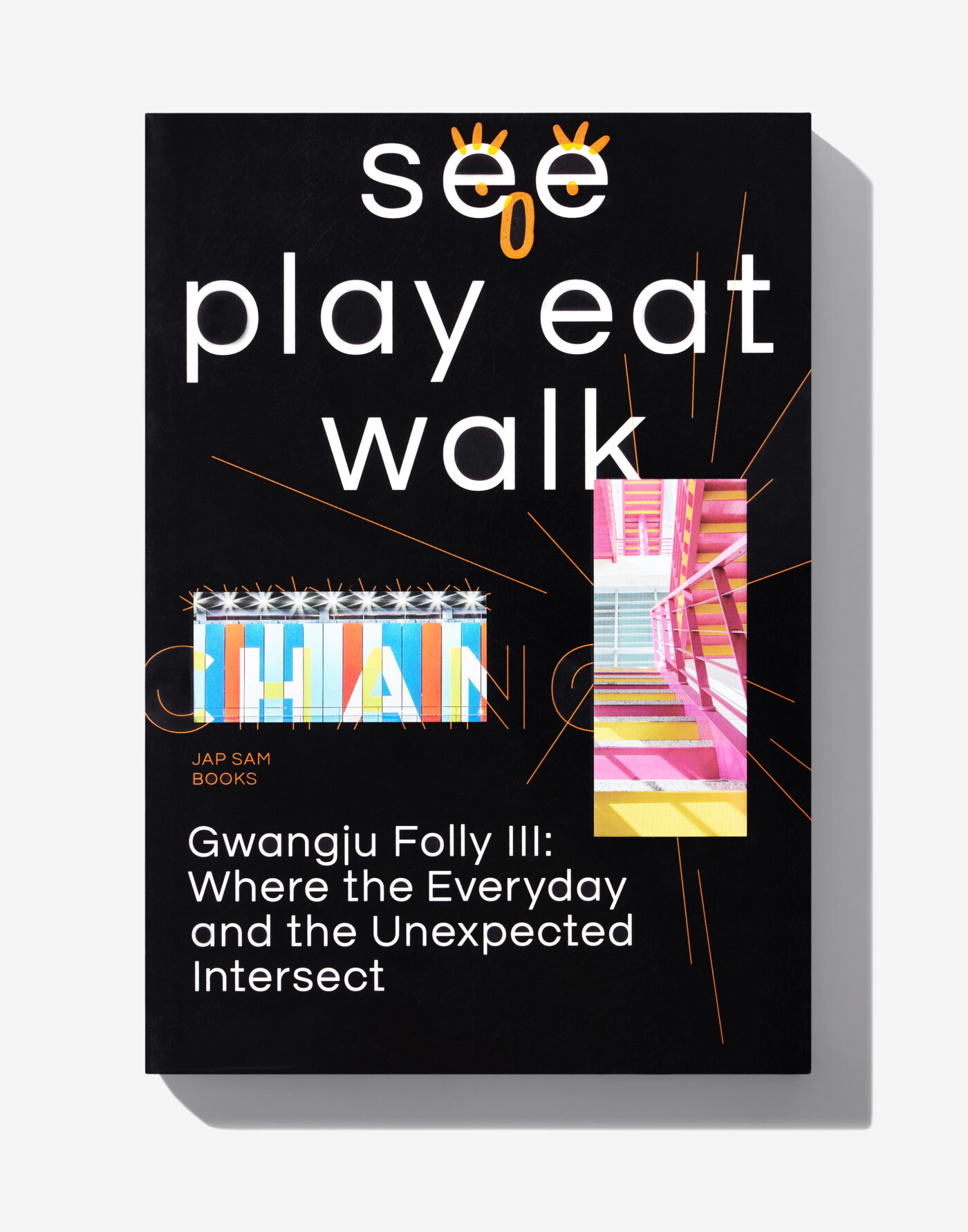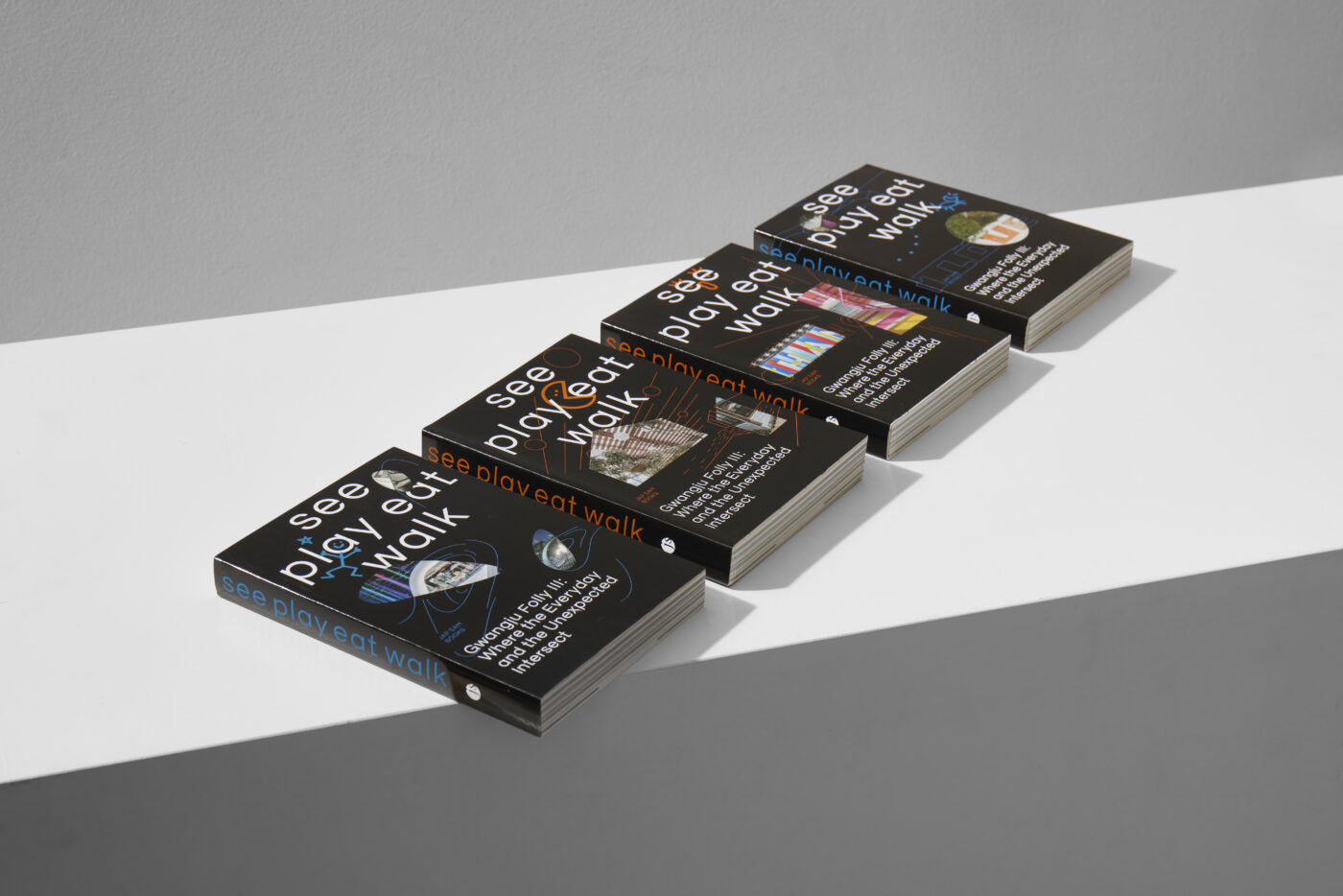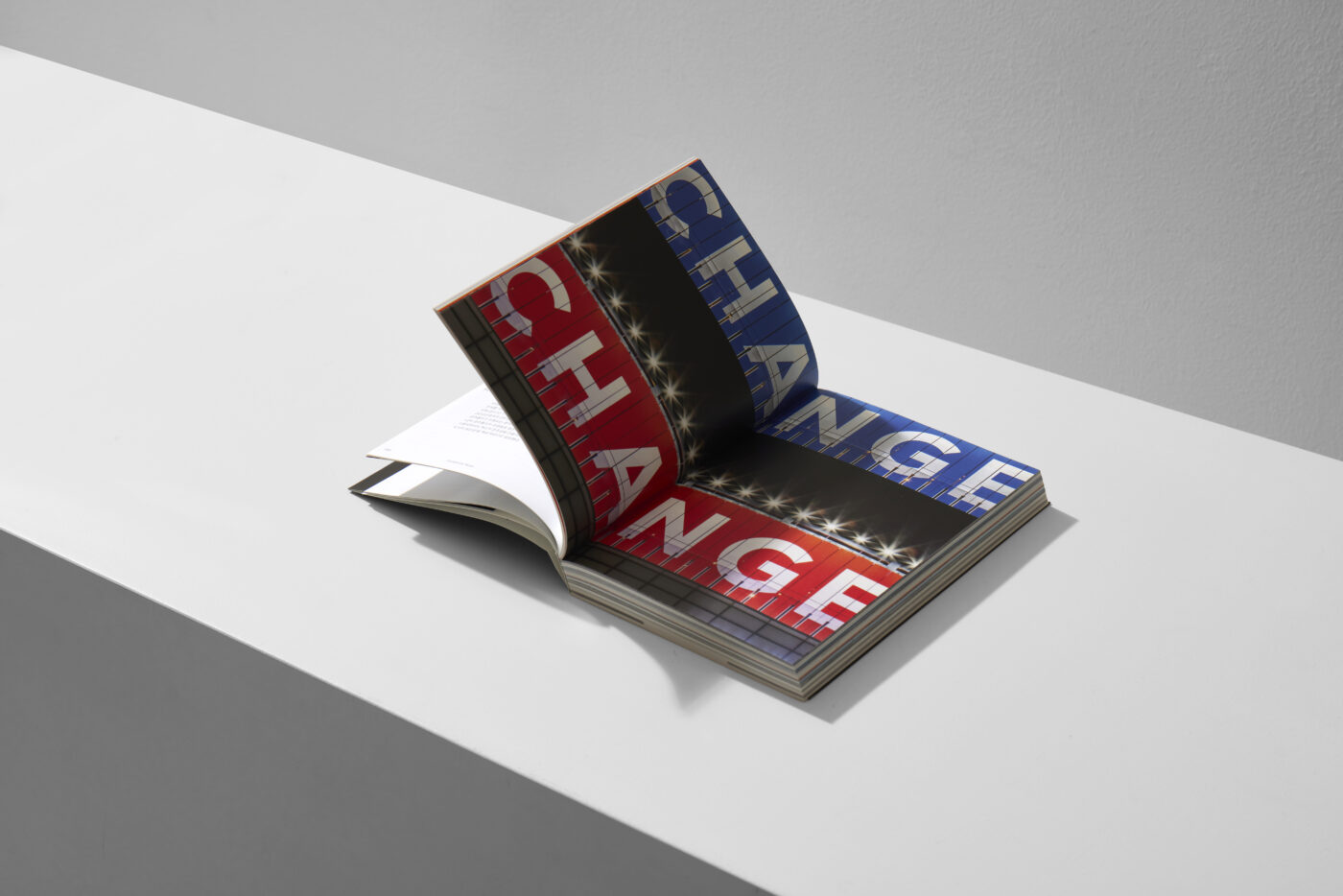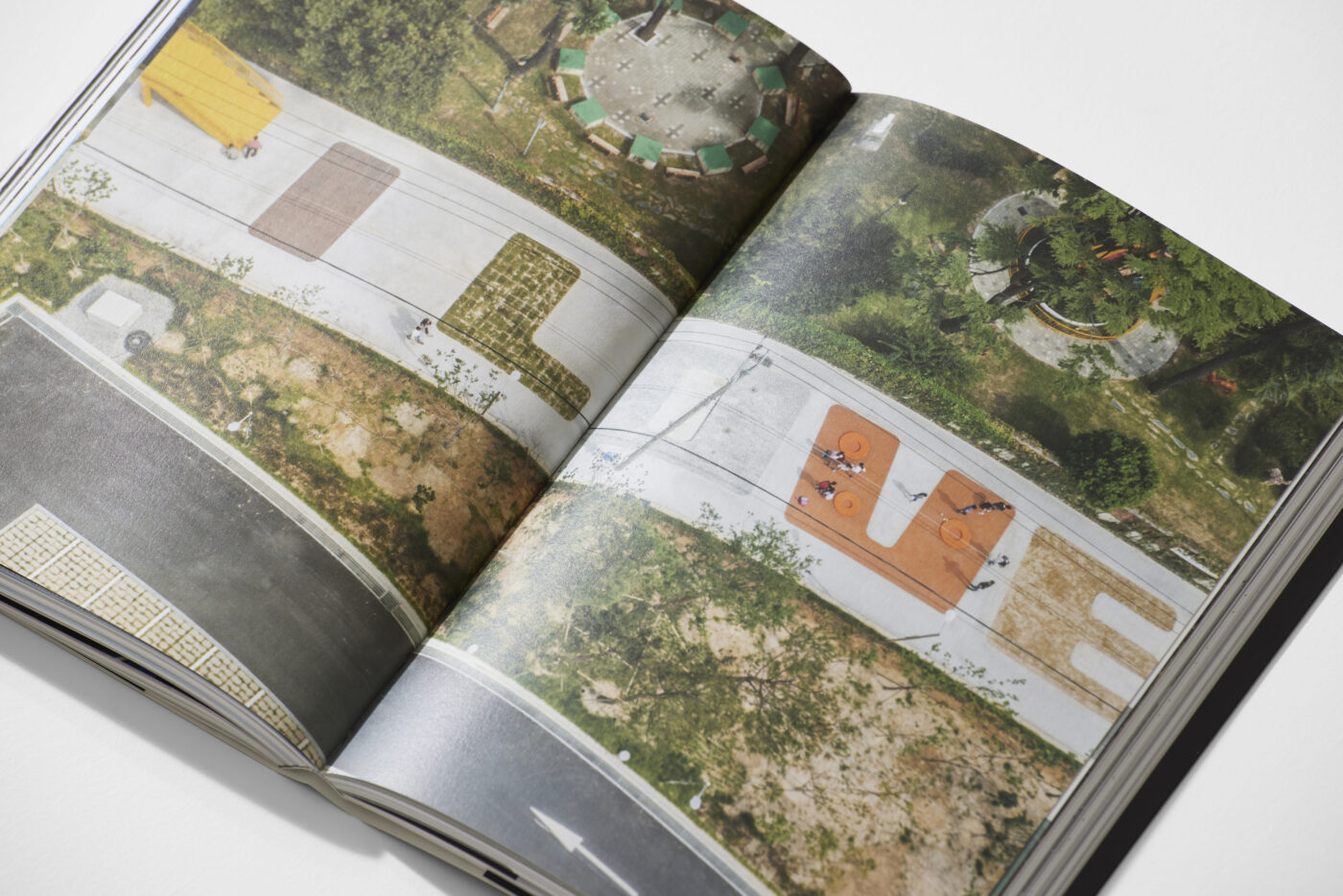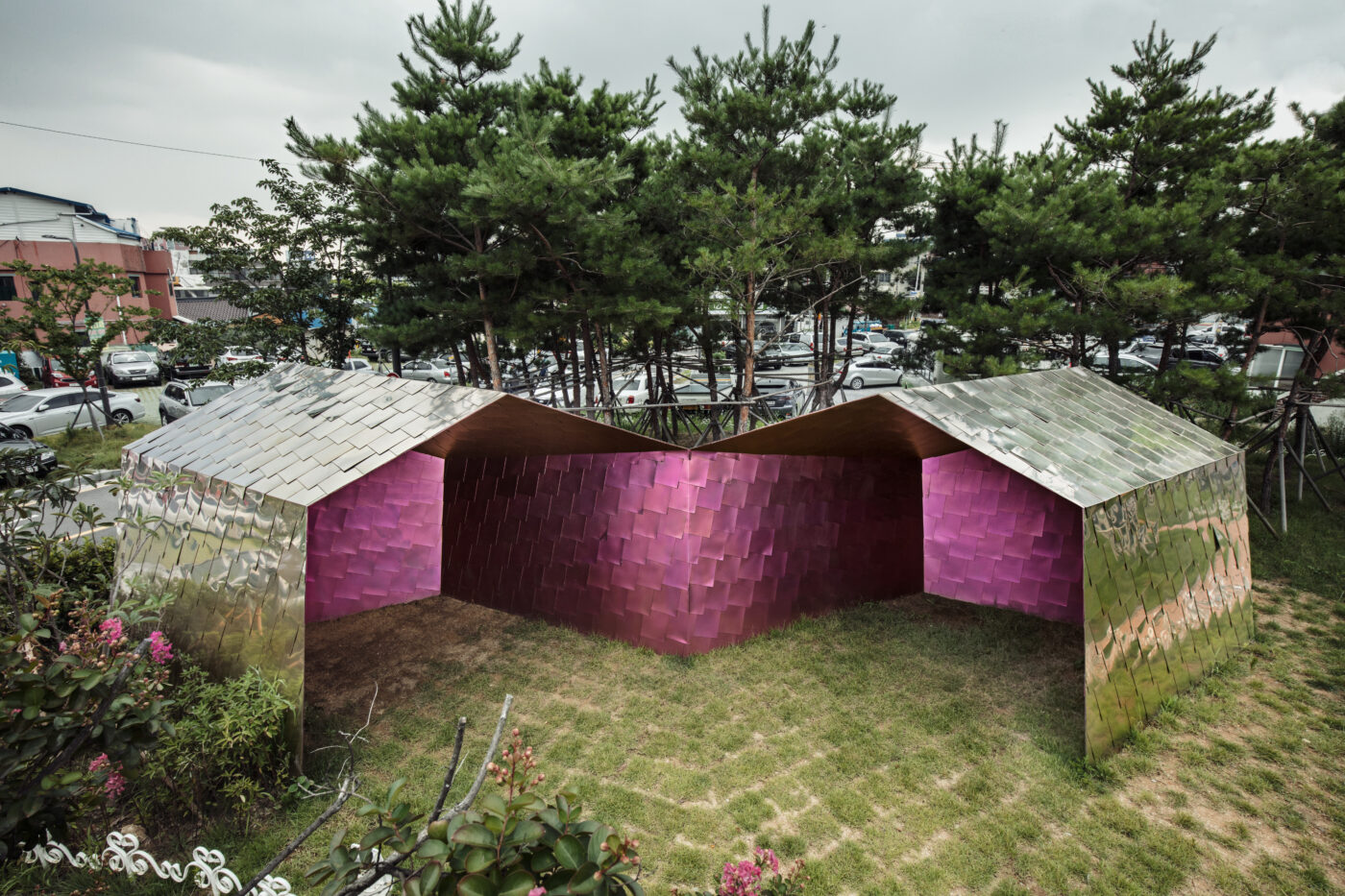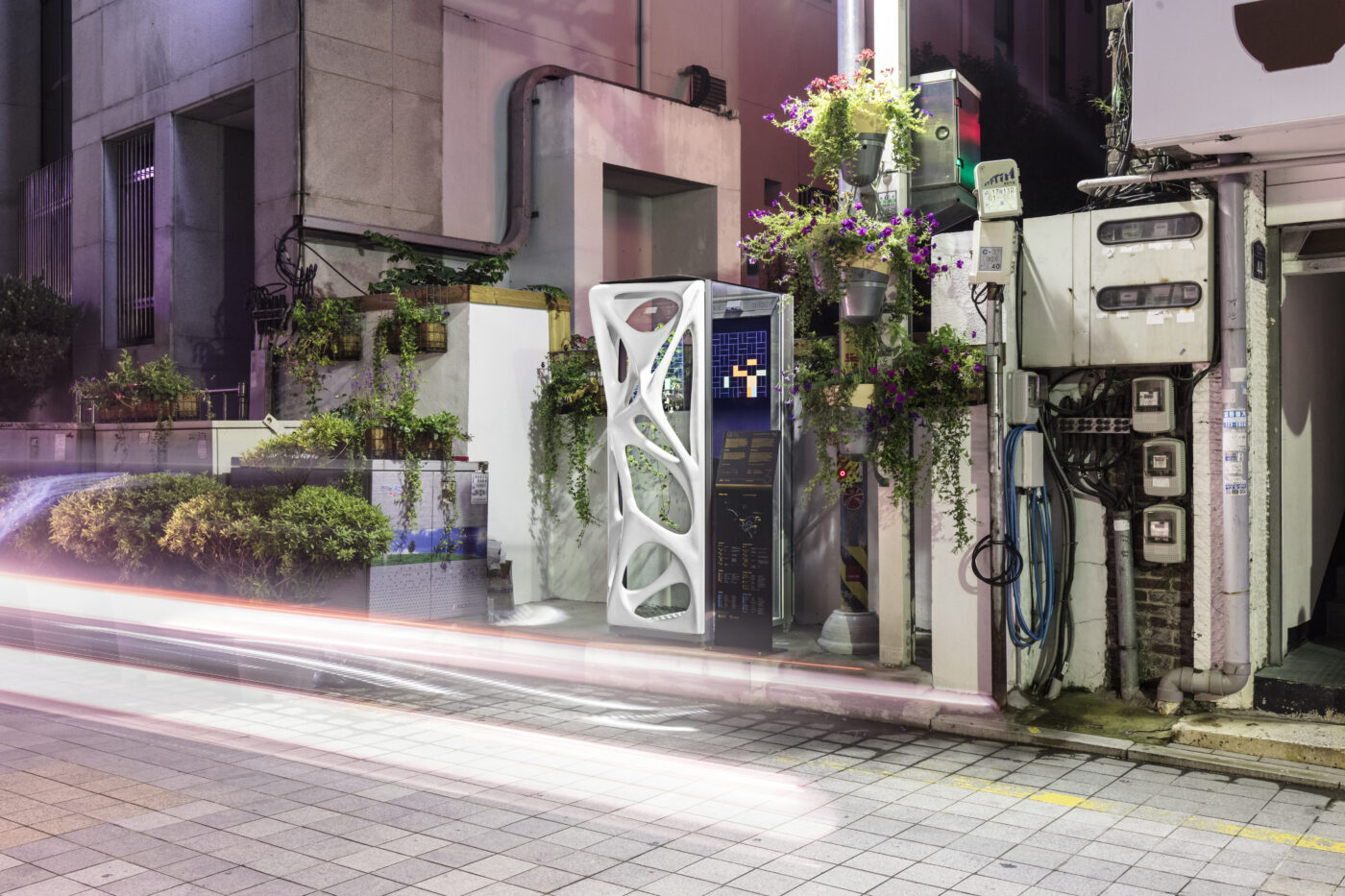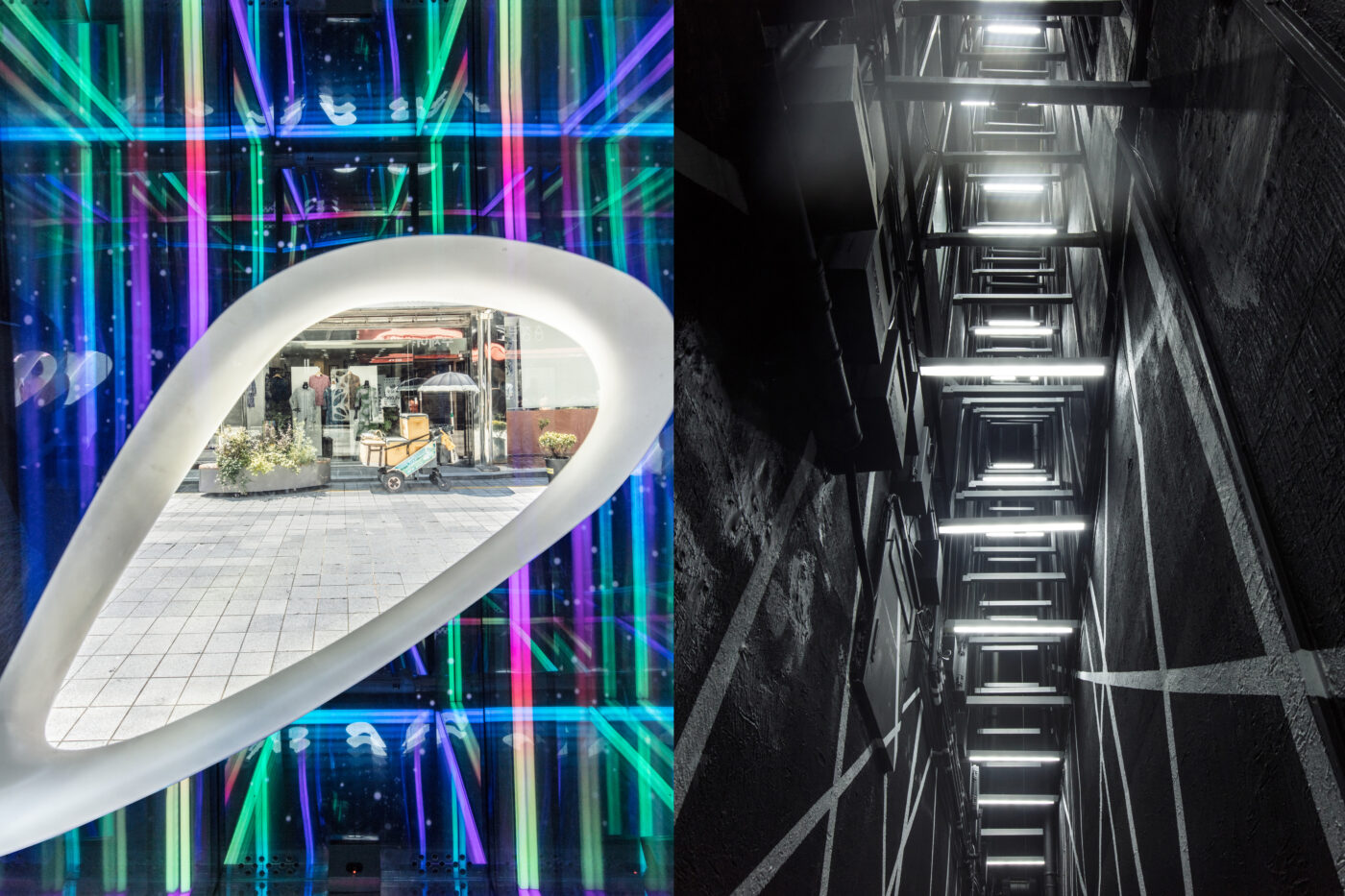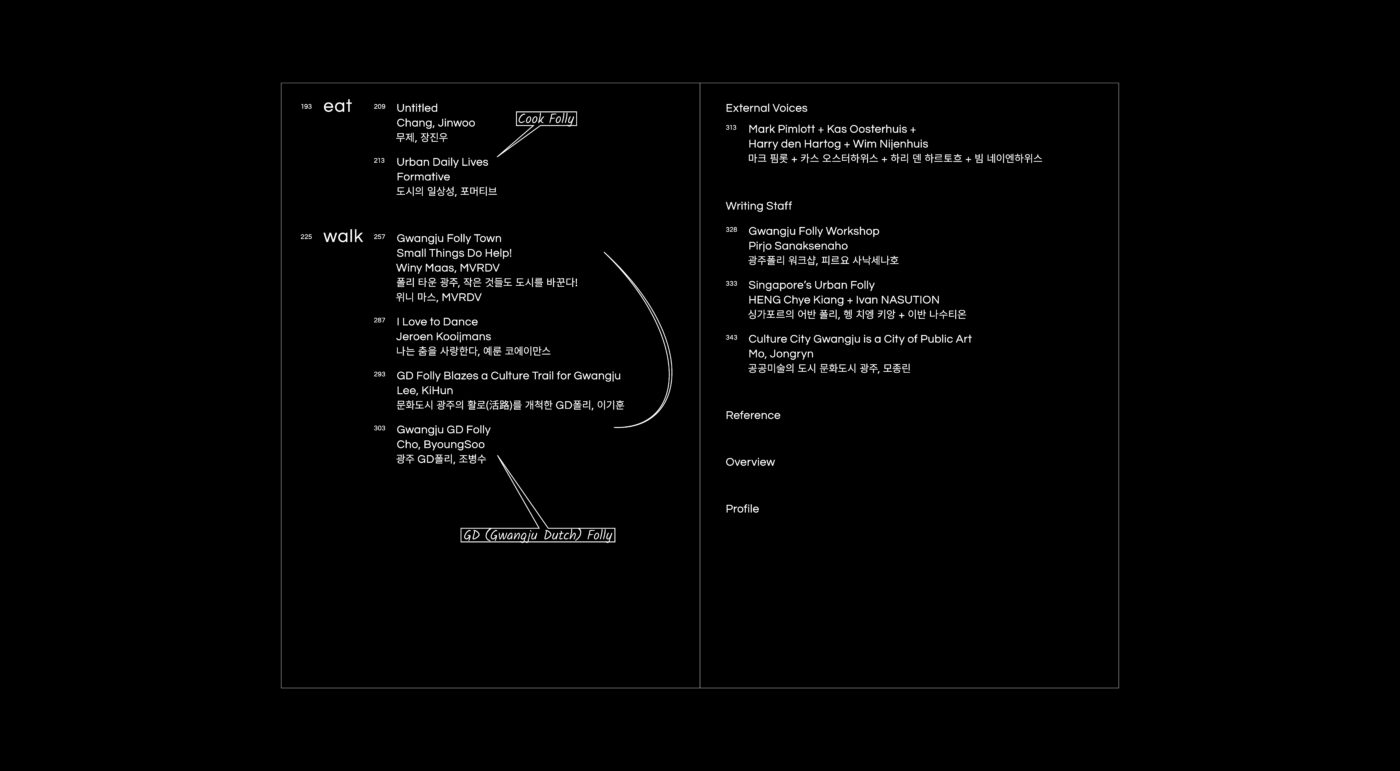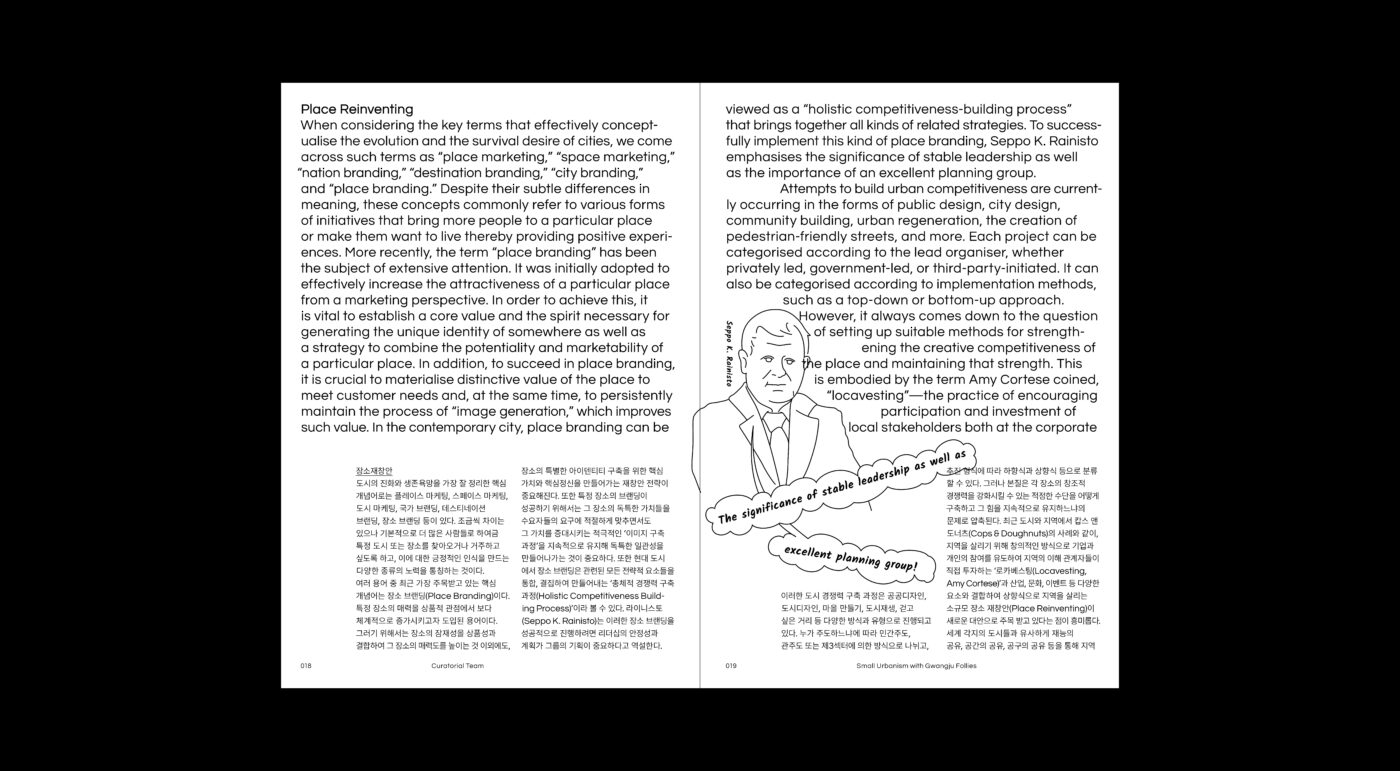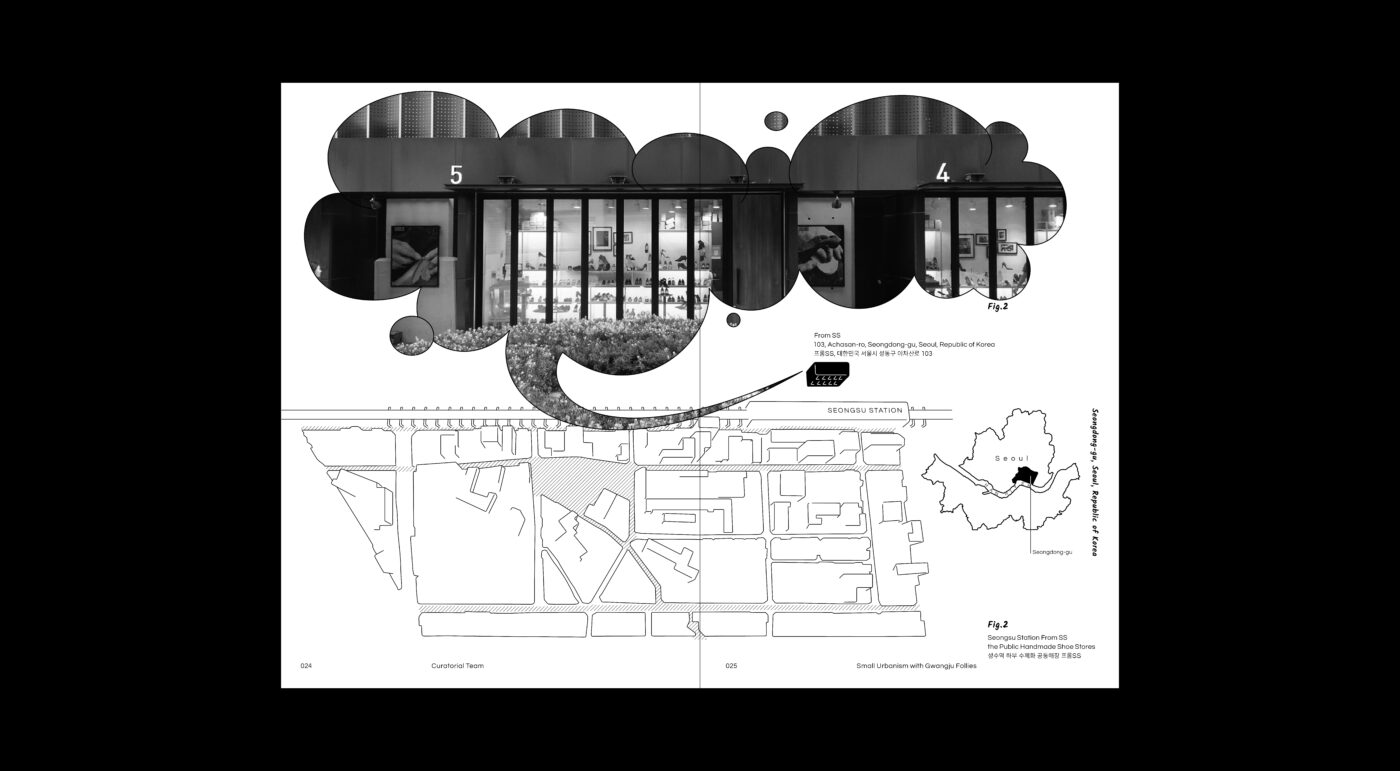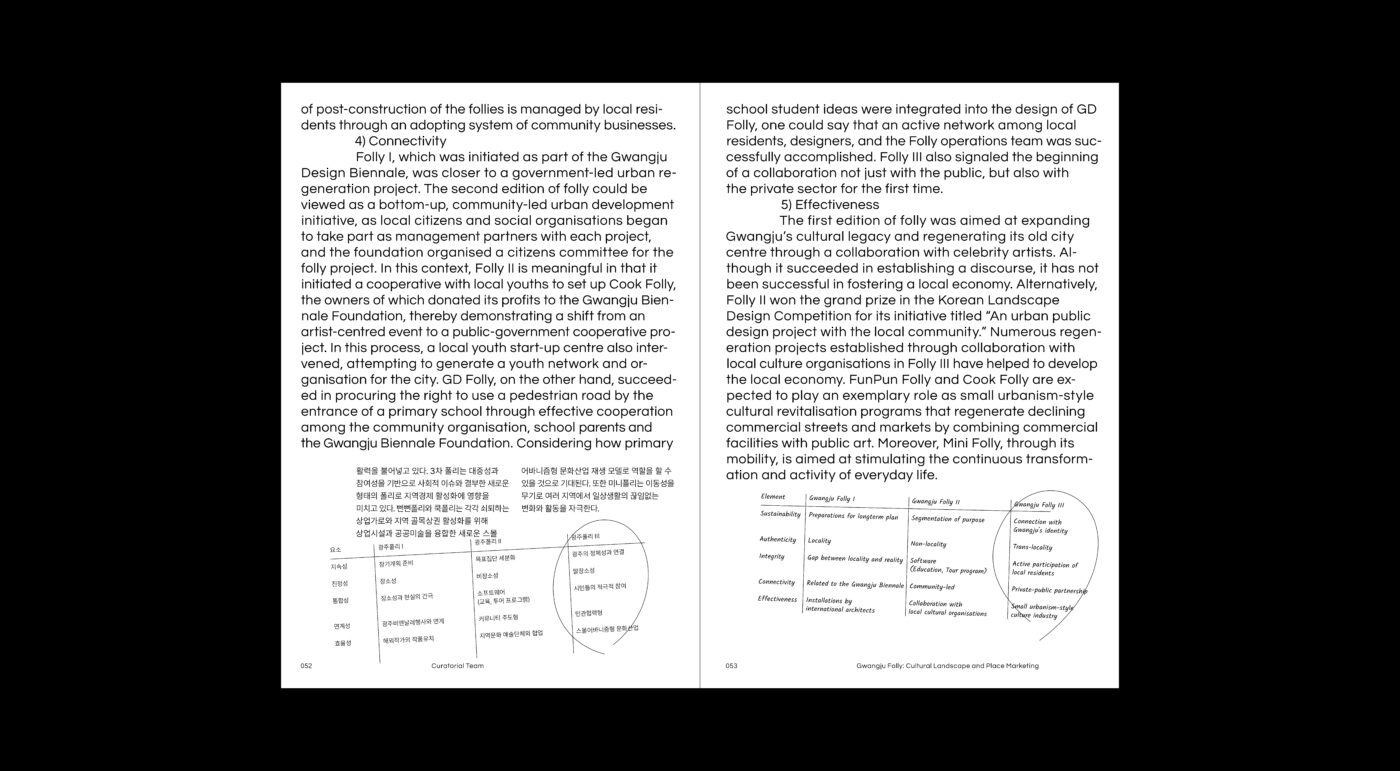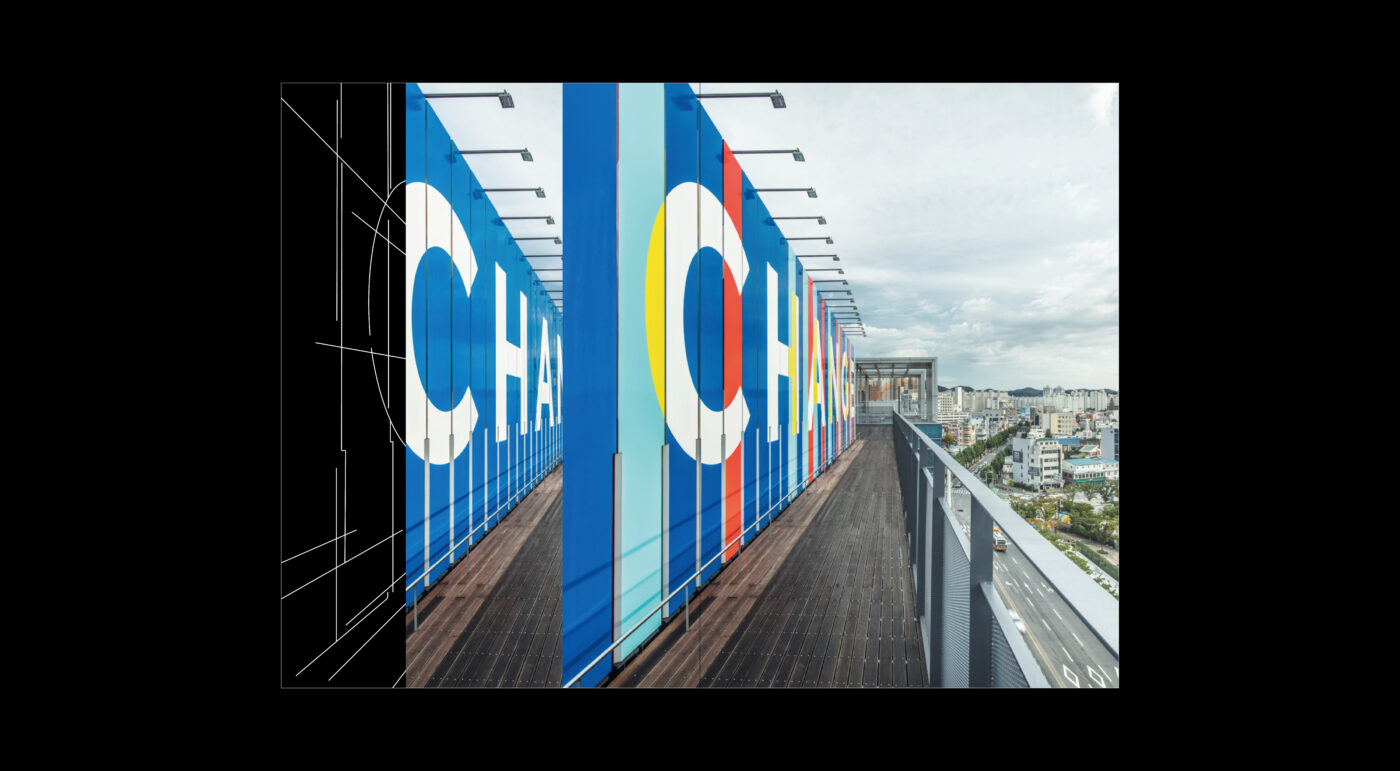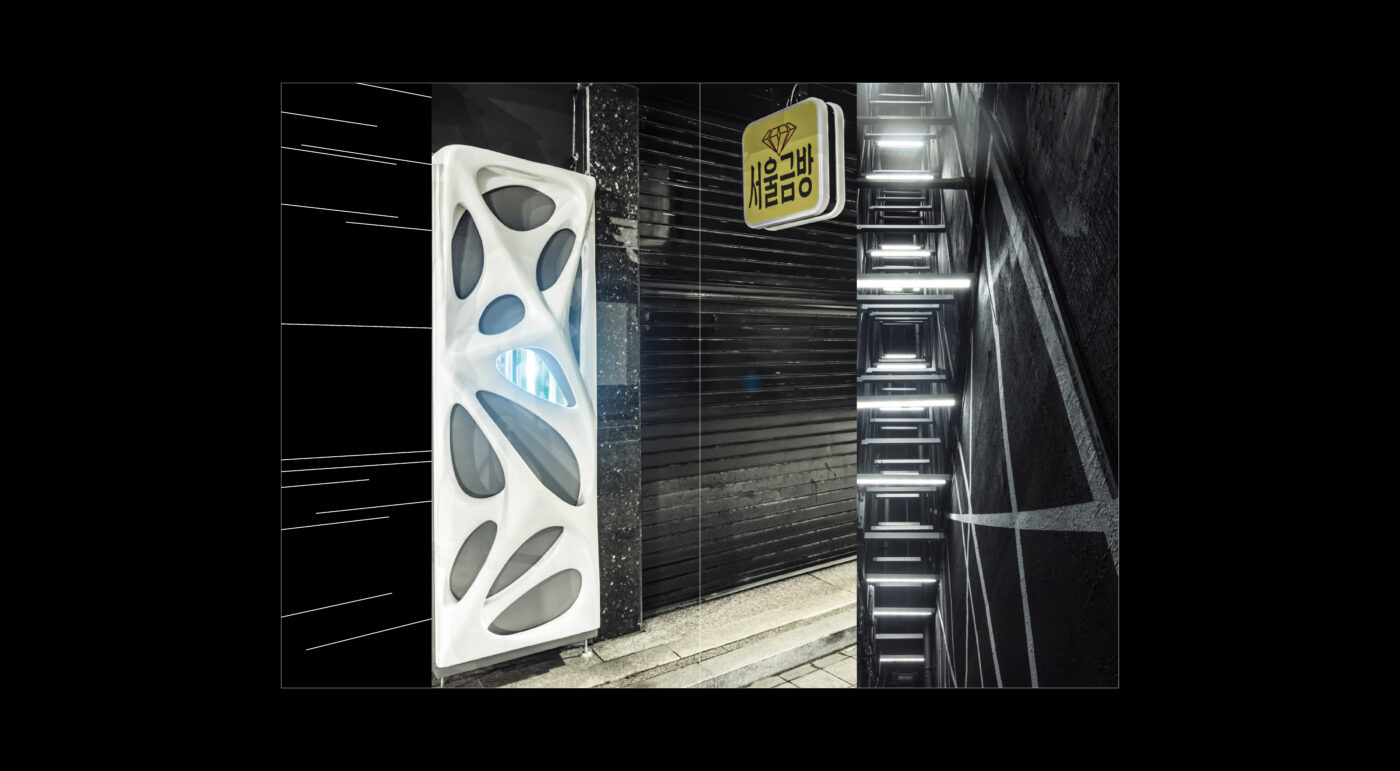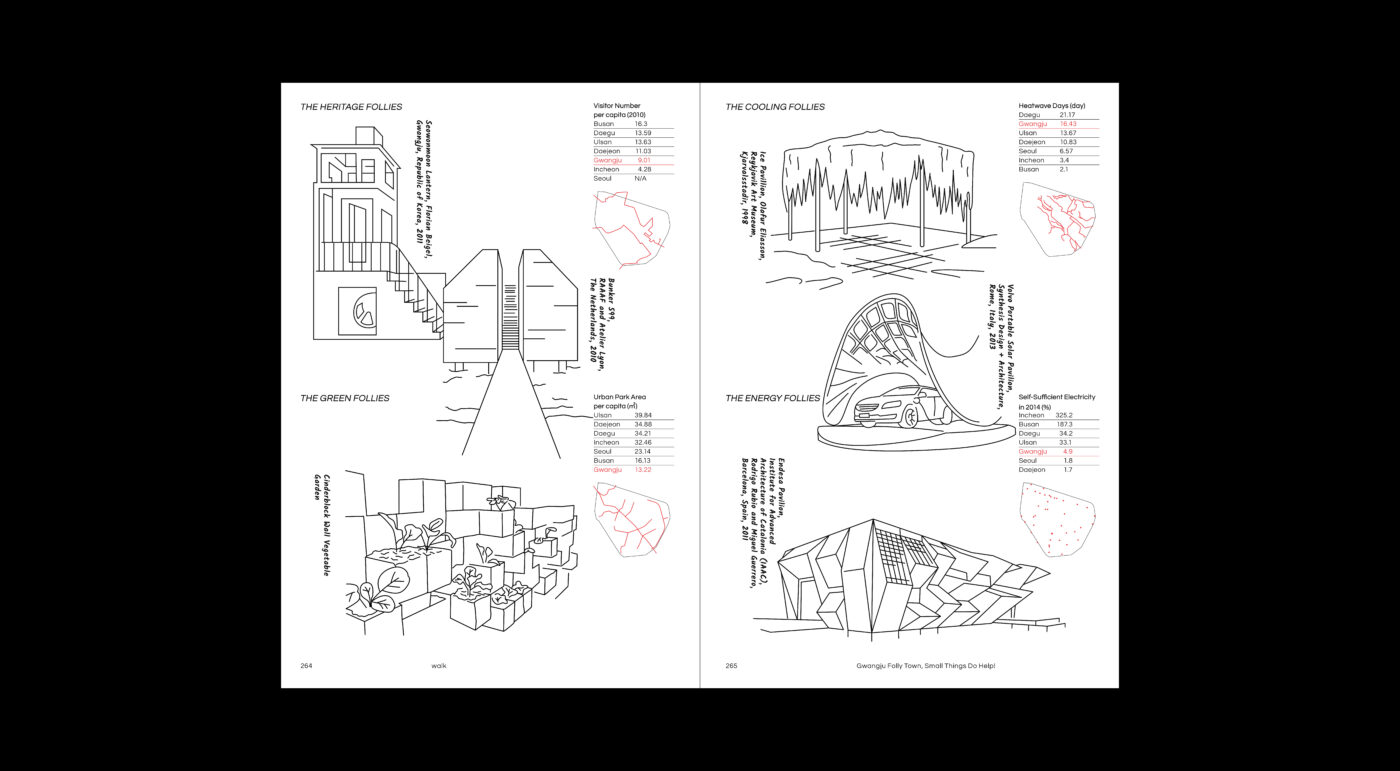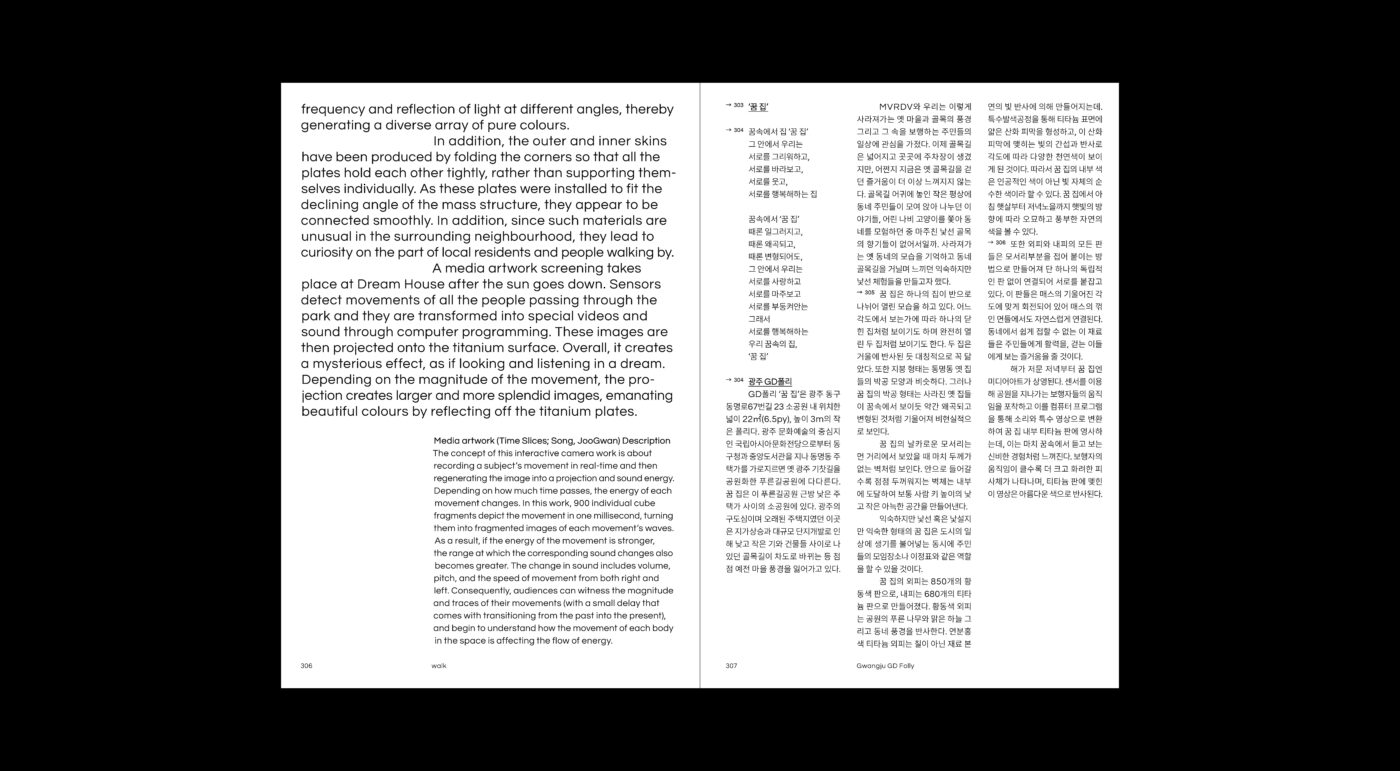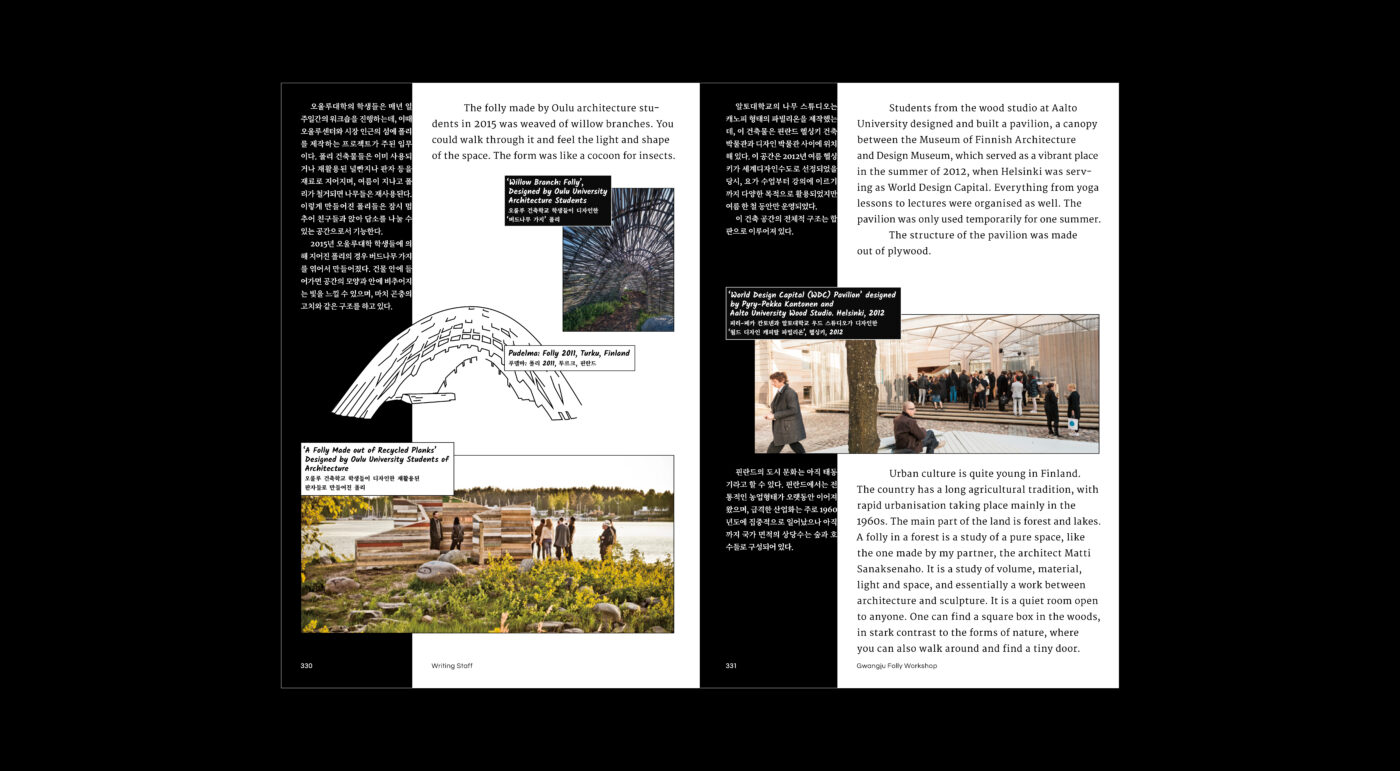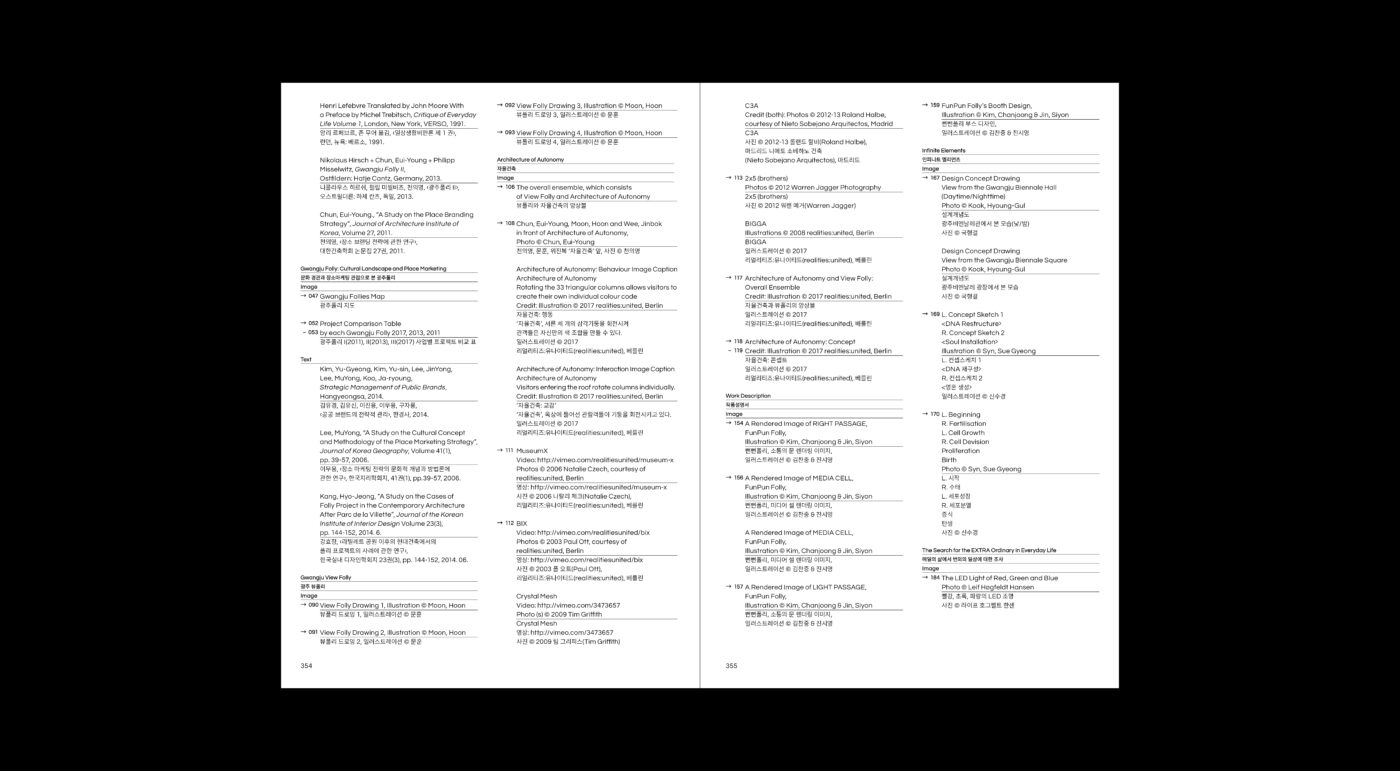Gwangju Folly 3
See, Play, Eat, Walk
See, Play, Eat, Walk
The core concept of Gwangju Folly III is “The Critique of Everyday Life,” which seeks to pursue a new type of popularity, overcome the contextual limitations of cities and facilitate the specifically designated objectives of Gwangju Folly I & II. As already stated in Henri Lefebvre’s theory of The Production of Space, everyday life is an intersection of illusion and truth. In light of this, the curatorial team of the Gwangju Folly III focused on the social process and the urban experience in terms of the production of space and has employed universal themes from daily elements in urban life experiences encountered during travel: Taste and Beauty. Gwangju Folly III consists of 5 follies : View Folly, GD Folly, Cook Folly, Fun Pun Folly and Mini Folly. It is hoped each one of them will become successful urban devices for the revitalization and future of Gwangju as well as popular photo zones favoured by citizens.
Gwangju Folly III attempts to explore the dailiness of urban life in terms of Taste and Beauty based on the principles of popularity, participation and unexpectedness. The project consists of four follies with additional mini follies. This year, the follies do not exist independently as they did in previous years. Instead, they are figuratively connected allowing different combinations and aspects of the follies to be integrated. The Gwangju Folly Ⅲ Project, thus, attempts to create an unconventional and participatory project where dailiness meets non-dailiness.
Minju Kwon(Senior Designer)
Sarok Jung(Designer)
Eleonoor Jap Sam(Jap Sam Books, Publisher/editor)
Yohan Ji(Unreal studio, Photography)
Mano Ahn(Motion Graphic)
